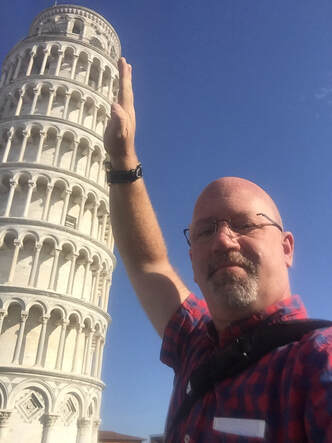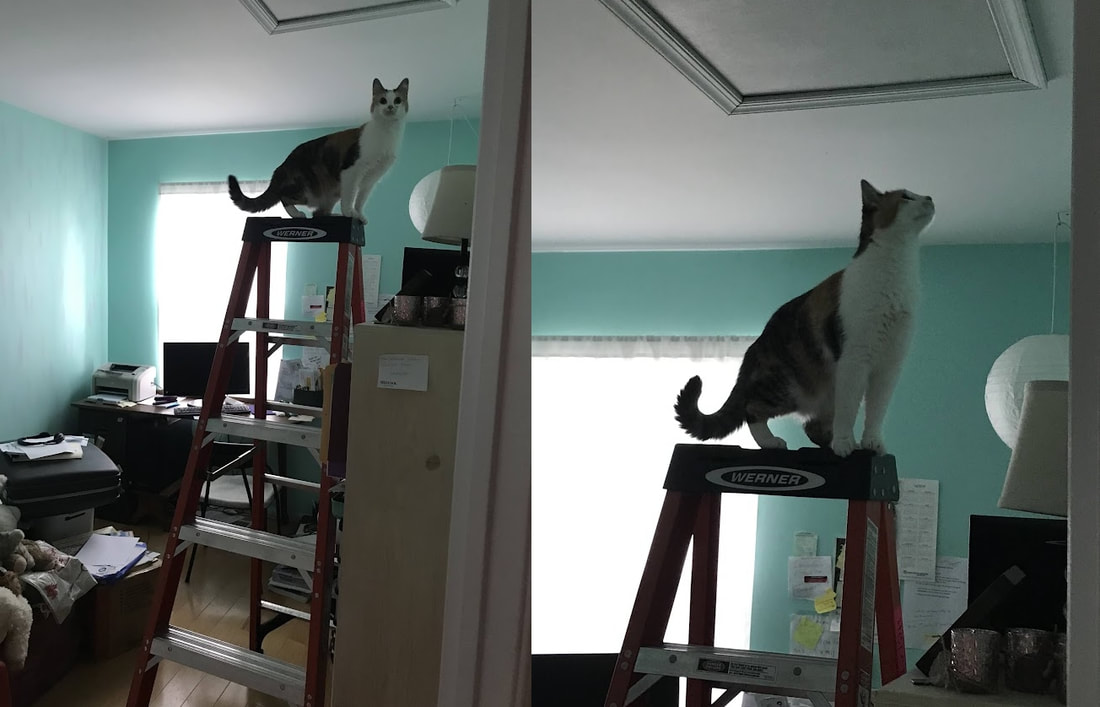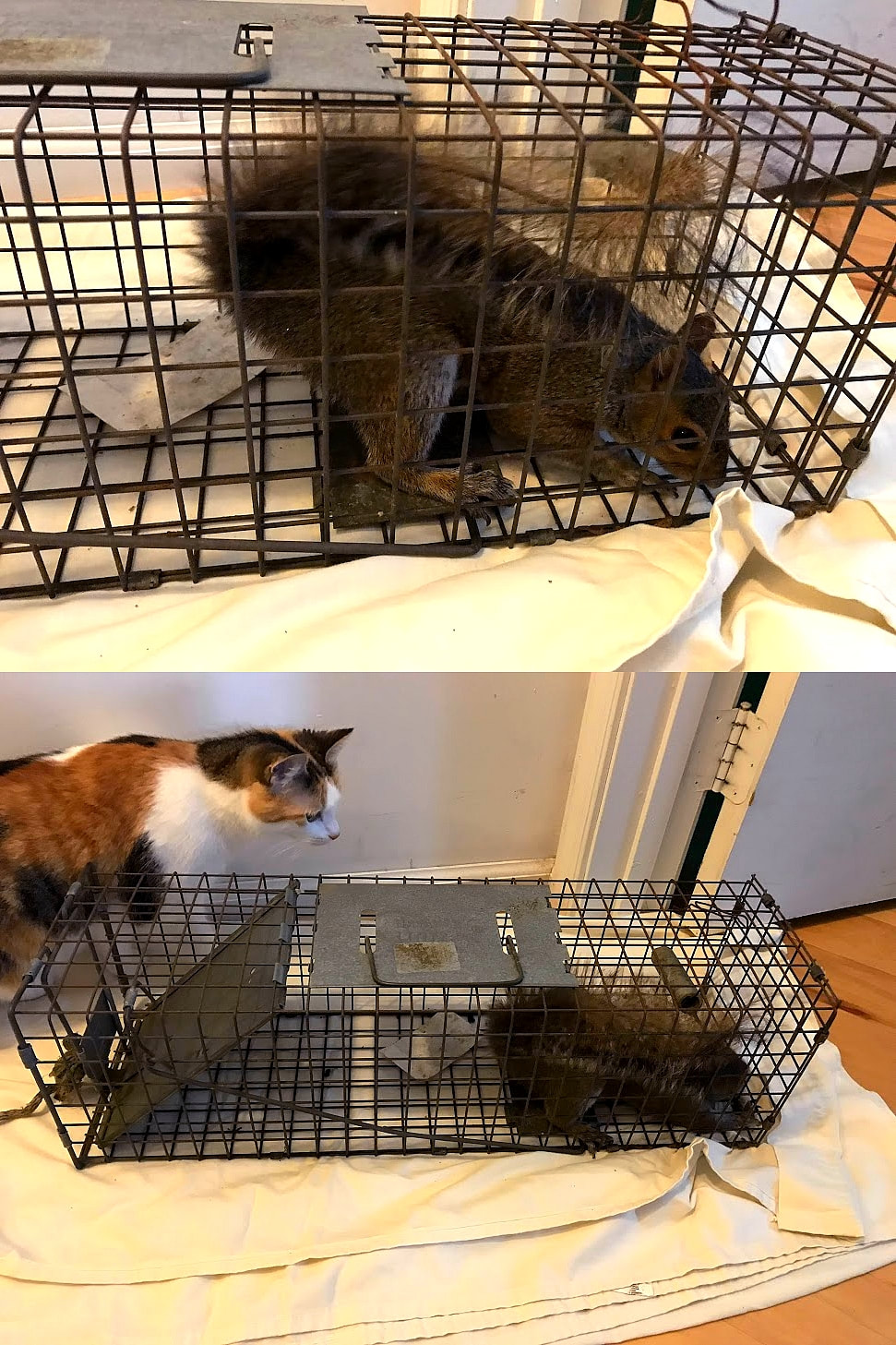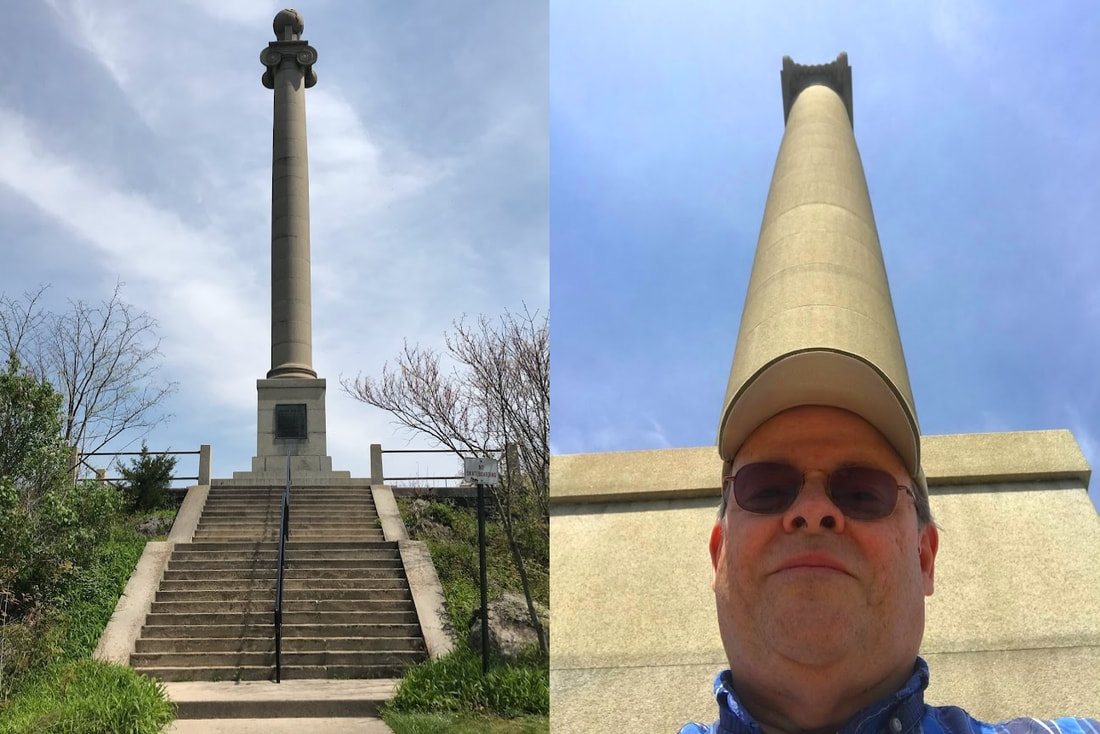|
I woke up one day to gnawing sounds in the attic right above my bed. For the next few days these sounds continued and became very bothersome making it difficult to sleep. Science Cat heard them too. She would stand on her hind legs with her front legs against the wall and look at the ceiling. I suspected we had a squirrel up there. Squirrels are mammals which belong to the order Rodentia. These also include rats, mice, chipmunks, beavers, and porcupines. One defining characteristic of rodents is that they have pairs of sharp incisor teeth in their upper and lower jaws which grow continuously throughout their lives. As a result of this, rodents need to gnaw very often, even if they are not eating, to wear down their teeth. If they don’t do this, their teeth can grow so large that it can kill them by making eating problematic and even piercing the palate of their jaws. Because of this I knew that, if left unchecked, the squirrel could inflict significant damage to our attic overtime. I borrowed a humane animal trap from my neighbor, and following his advice I baited it with a Reese's Peanut Butter Cup (apparently squirrels are suckers for Reese's Peanut Butter Cups). I left the trap overnight in our attic. The next morning Science Cat seemed to hear something. She would pace back and forth in the room with access to the attic. When I placed the ladder to access the attic, she darted up the ladder and stood at the top looking up, so I had to bring her back down. I opened the trapdoor to the attic, inspected the trap, and found the varmint. It turned out to be a specimen of Sciurus carolinensis or the eastern grey squirrel. Science Cat took great interest in the squirrel. My wife and I drove the critter to a nearby forested location and released it into the wild as shown in the video below. There have been no more noises coming from the attic, and I am able to sleep once again just fine. The photos are property of the author and can only be used with permission.
0 Comments
 Forced perspective is a technique that exploits the relationship between distance and size to make large objects appear smaller or vice versa. This technique has been exploited in movies such as The Lord of The Rings franchise to make actors appear smaller (Hobbits) with relation to other actors. The technique is also used by professional photographers to create illusions and also by amateur photographers to create fun pictures. The classic use of the force perspective technique is when people get photographed holding up the leaning tower of Pisa in Italy. I made a forced perspective photograph of my own while visiting the Rumsey Monument in Shepherdstown, West Virginia. This is a monument to a local inventor, James Rumsey, who in 1787 became the first person in the United States to build and pilot a steamboat. The monument, which is located near the Potomac River where Rumsey made his trek, contains a 75-foot-tall granite column capped with a globe. The column sits atop a 40 square feet concrete base. In the photograph I use forced perspective to make it look like I am wearing the column of the monument on my head! Leaning tower of Pisa image from flickr by Jeffrey is used here under an Attribution-NoDerivs 2.0 Generic (CC BY-ND 2.0) license. The photographs of the Rumsey monuments belong to the author and can only be used with permission. |
Details
Categories
All
Archives
June 2024
|



 RSS Feed
RSS Feed